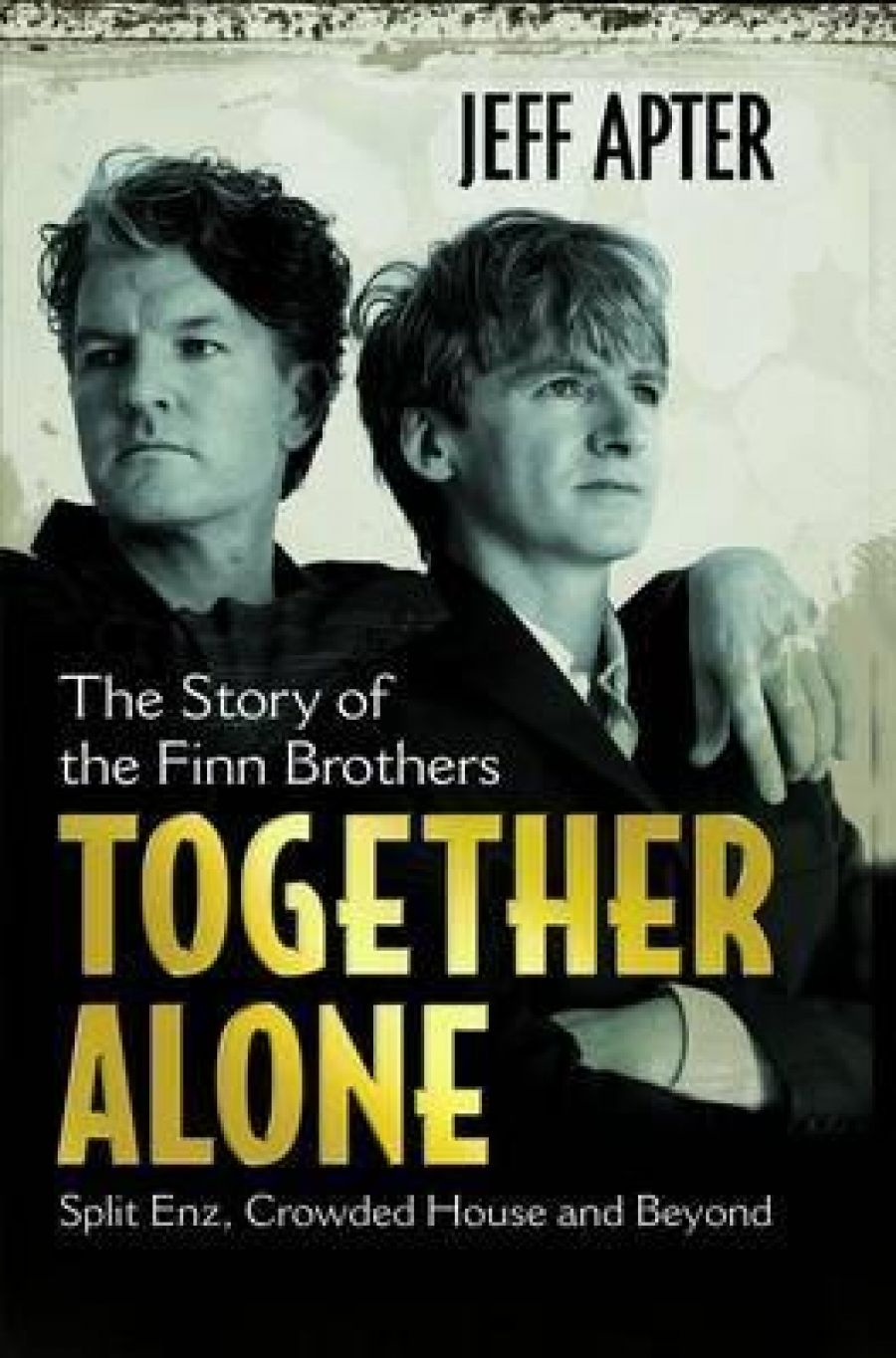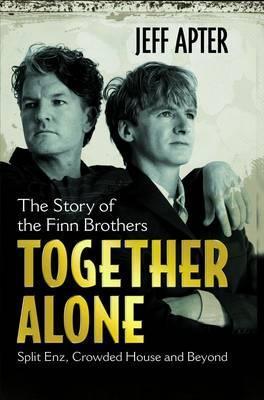
- Free Article: No
- Contents Category: Biography
- Review Article: Yes
- Article Title: Napping
- Online Only: No
- Custom Highlight Text:
A discussion of the outstanding albums of the 1980s might begin with the Shanachie label’s Mbaqanga compilation The Indestructible Beat of Soweto, 4AD’s Le Mystère des Voix Bulgares by the Bulgarian State Radio and Television Female Choir, and American Clavé’s Tango: Zero Hour by Astor Piazzolla (all 1986), three signal moments in the packaging of global music for Western sensibilities. One could go on to cite such landmarks as Brian Eno’s On Land (1982), Arvo Pärt’s Tabula Rasa (1984) and John Zorn’s Spillane (1987). Add to these Joy Divison’s Closer (1980), Gang of Four’s Solid Gold (1981), Minutemen’s Double Nickels on the Dime (1984), and the decade is beginning to look superior. Australia, too, produced various near-perfect LPs – the likes of Mr Uddich Schmuddich Goes to Town by Laughing Clowns (1982), Born Sandy Devotional by the Triffids, Liberty Belle and the Black Diamond Express by The Go-Betweens, Free Dirt by Died Pretty (all 1986), Cold and the Crackle by Not Drowning Waving (1987) and Tender Prey by Nick Cave and the Bad Seeds (1988) while New Zealand’s The Chills deserve a mention, courtesy of their Brave Words (1987). To this fledgling list, author Jeff Apter would presumably demand the addition of True Colours (1980) and Time and Tide (1982) by Split Enz, as well as Crowded House’s self-titled début (1986) and Temple of Low Men (1988), each of which is accorded canonical status in Together Alone, his new biography of Tim and Neil Finn. This ought to be a matter of personal taste buttressed by (in the appropriate forum, such as a book like this) robust argument, but there is precious little of the latter in Together Alone. Critical analysis is promised but not delivered. Instead, readers are left to trawl through a skip-load of secondary material, including snatches from the omnipresent Glenn A. Baker and one-too-many customers at Amazon.com, in order to learn what supposedly makes this music definitive.
- Book 1 Title: Together Alone
- Book 1 Subtitle: The story of the Finn Brothers
- Book 1 Biblio: Random House, $34.95 pb, 336 pp
- Book 1 Cover Small (400 x 600):

Apter pumps out biographies on musicians at the rate of at least one a year. Since 2004 he has written on the Red Hot Chili Peppers, The Cure, silverchair, No Doubt, Dave Grohl, Jeff Buckley and Keith Urban. Cynical observers will have noticed a theme among Apter’s subjects: all have huge fan bases likely to convert into huge readerships. This renders dubious the author’s claim to be an unstinting admirer of the artists in question. Out of all this high-speed publishing must emerge a well-honed style, and Apter’s is comparable to that of a rather unconscientious drift net fisherman. That is, he casts his net far and wide for all the secondary sources and quotes available, barely discerning between plump whoppers and absolute tiddlers. Such a style calls out for strong, if not ruthless, editing, but there is not much evidence of that here either. If there were, events ripe for closer scrutiny – the interesting case of the British authorities banning the Split Enz song ‘Six Months in a Leaky Boat’ during the 1982 Falklands War being a prime example – would rate more than a passing paragraph. Moreover, whole portions based around shenanigans at school and LSD trips would be left in the ocean where they belong, along with such tiddlers as Neil, on his wedding day, ‘[celebrating] a little too much, which necessitated him having a nap’.
All of the Finns’ various musical incarnations seem, for better or worse, somewhat removed from contemporary norms. For instance, looking at the video for the 1977 single ‘My Mistake’, which is about as good as quirky pop songs get, it is obvious that Split Enz could hardly have been more antithetical to the punk era. For the most part, however, Apter’s fandom leaves weightier historical-contextual issues underdeveloped. By virtue of scare quotes applied in two separate contexts (one affirmative, the other pejorative) in reference to ‘real’ or ‘serious’ music, the author is mainly focused on balancing along the thin line that allegedly separates Split Enz and Crowded House from snooty classical and jazz on the one side and inauthentic pop and rock on the other.
Frustratingly, the standard pop and rock clichés are also to the fore. Records are not released, they’re ‘dropped’; drummers are ‘tub-thumpers’; audience members are ‘punters’ (until, in an insufferably sentimental description of a Crowded House farewell concert in Sydney in 1996, they are transformed into ‘teary-eyed acolytes’). Woodstock and Altamont are in turn cited as the zenith and nadir of the countercultural love-in. Drug taking and binge drinking are thoroughly documented as supposed evidence of rock star non-conformity, yet Split Enz’s reforming in order to support the corporate agenda of the New Zealand Tourist Commission is glossed over as an ‘act of patriotism’.
While following this story, it is easy to forget that the half century it spans featured innumerable wars, genocides, famines, terrorist outrages, political and social upheavals, globalisation, postmodernism and the Internet. The reader is coaxed into a hermetic world in which the lives of the Brothers Finn play out against a steady backdrop of Beatlemania, music industry lackeys, interfamilial intrigues and games of rugger. Which means that unless you dote obsessively upon every move that Neil and Tim make, Together Alone may prove very tough going indeed.


Comments powered by CComment